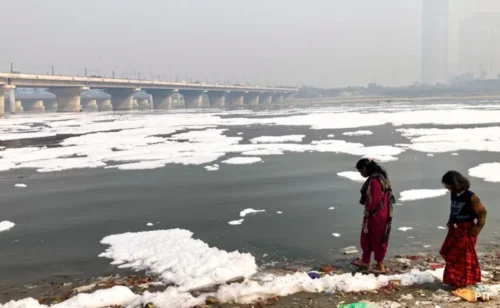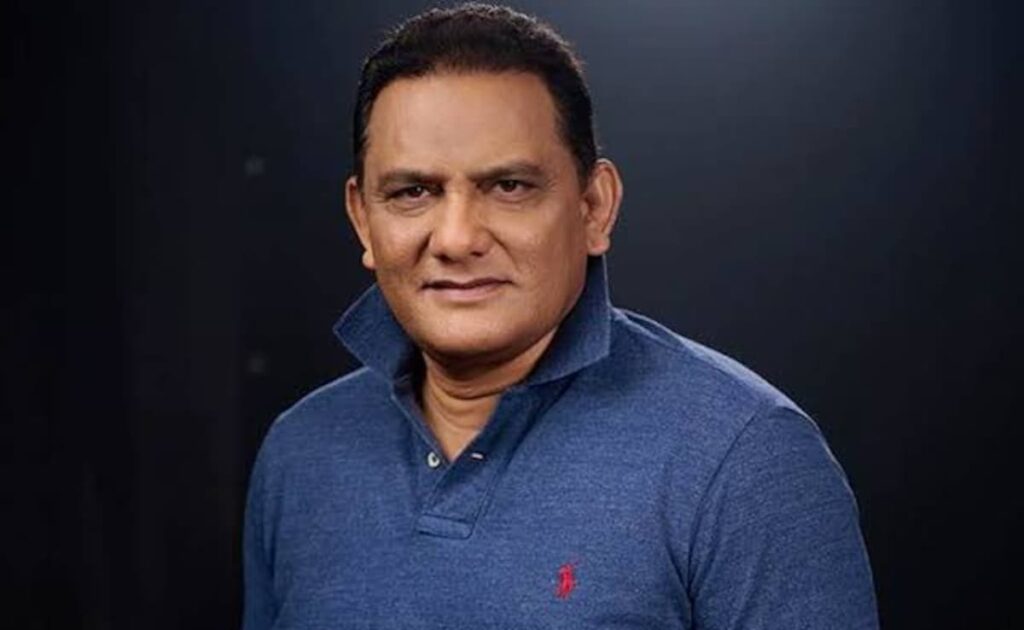Rama Krishna Sangem
Can we clean River Yamuna? This is the question that haunted us for several decades. Yes, says CSE, Centre for Science and Environment, led by leading ecological activist Sunita Narain, if only Delhi government has right plans and funds for action and of course, political will to that. Here is a detailed report by the CSE on this contentious but key issue of national importance.
Even as the Yamuna forces its way back in this festive season into the pollution debates swirling in Delhi-NCR, CSE has reminded the capital’s people and decision-makers that it is not impossible to clean the river.
Says CSE director general Sunita Narain: “The problem of cleaning the Yamuna is not a new one; huge amounts of money have been spent to do this over the years. We must realise that cleaning the Yamuna will require much more than money. It will need a reworked plan which will guide us towards thinking and acting differently.”
In the four years between 2017 and 2022, the Delhi government spent more than Rs 6,856 crore on cleaning the Yamuna. Delhi now has 37 sewage treatment plants with a capacity to treat over 80-100 per cent of the generated sewage, and almost 80 per cent of the city is connected to sewer lines. In spite of all this, the river continues to run polluted and unclean.
The 22-km stretch of the Yamuna in Delhi, barely 2 per cent of the total length of the river basin, contributes over 80 per cent of the pollution load in the entire river. There is no water in the river for almost nine months in a year – what flows in it is just sewage and waste from Delhi’s 22 drains. “In fact, the Yamuna ceases to exist after it enters Delhi at Wazirabad,” says Subrata Chakraborty, programme director, water, CSE.
A recently released assessment by CSE — Yamuna: The Agenda for Cleaning the River – has tried to unravel the puzzle; it also offers what Narain says: a plan that can enable us to think and act differently.
Why is the Yamuna polluted?
A few key reasons for this state of affairs.
Lack of data on wastewater generation: Narain says that “we do not know how much wastewater is generated by Delhi” – as there is no clear data on Delhi’s population in the absence of a regular census or on the amount of ‘unofficial’ water (groundwater and water supplied by tankers) residents use.
Vast areas in Delhi depend on desludging tankers for removing their excreta and these tankers then discharge into the river or into drains: The current plan does not prioritise 100 per cent interception from tankers and on ensuring that this is then taken to STPs for treatment and reuse.
Mixing of treated and untreated sewage in Delhi’s drains: Delhi has 22 drains that are supposed to carry treated, clean water back into the Yamuna. But the untreated sewage also flows into these same drains through unsewered colonies or tankers that transport faecal sludge and wastewater – as a result, the entire effort of treating the wastewater is negated.
What have we done about it till now?
Successive Central and Delhi governments and the courts have been focused on finding solutions to the problem and this is commendable. Here is a lowdown on the official actions:
Delhi’s 37 STPs can treat over 84 per cent of the generated sewage. According to the Delhi Pollution Control Committee (DPCC), almost 80 per cent of the generated sewage is being treated. The focus is now on improving the capacity of existing STPs and building new plants to meet future demand.
More stringent standards have been introduced since the STPs in Delhi came into operation: the norm now is 10 mg/l, compared to the national standard of 30 mg/l. According to a 2024 DPCC report, 23 of Delhi’s 37 STPs are not meeting the effluent discharge standard. This means existing plants have to be upgraded and refurbished at additional cost.
The Delhi government’s Interceptor Sewer Project aims to trap 1,000 million litre per day of sewage from the city’s drains and divert it for treatment. Over 1,000 sewerage lines have been laid, says the DPCC; the remaining are in various stages of completion.
Delhi has 28 “approved” industrial areas – effluents from 17 of these are treated in common effluent treatment plants. But the quality of treatment is a matter of concern, says the CSE report; it is also unclear where the treated effluents are discharged.
CSE’s five-point action agenda to clean Yamuna:
1 Ensure that all faecal sludge is collected from non-sewered areas and treated: Areas not connected to sewer lines are served by desludging tankers and this should be part of the agenda for clean Yamuna. The state does not have to invest in building and refurbishing costly sewage pipelines – the strategy for faecal sludge management through tankers is faster and more cost-effective.
2 Ensure that treated water is not discharged into drains, where it gets mixed with untreated wastewater: As STPs are not located near the river, treated wastewater from these plants is discharged into the same drains, which are already polluted with untreated wastewater.
3 Ensure full utilisation of the treated wastewater so that they do not add to the pollution load: Currently, only 331-473 MLD is reused — this is between 10-14 per cent of the treated wastewater. Each STP needs a plan not only for treatment but for how it is discharging its treated wastewater. Otherwise, we are cleaning and then wasting.
4 Upgrade STPs based on reuse of treated water plan: Delhi effluent standards are more stringent than the rest of the country but this is because they are designed for discharge into the river, which has no assimilative capacity. Huge investment is needed to refurbish the current STPs to meet the standards. The standards need to be designed for reuse.
5 Rework the plan for two drains — Najafgarh and Shahdara — that contribute 84 per cent of the pollution load into the river: The interceptor drain plan is not working for these two drains; despite investment, pollution is increasing. Delhi needs to rework and focus on drains that contribute bulk of pollution into the river.


